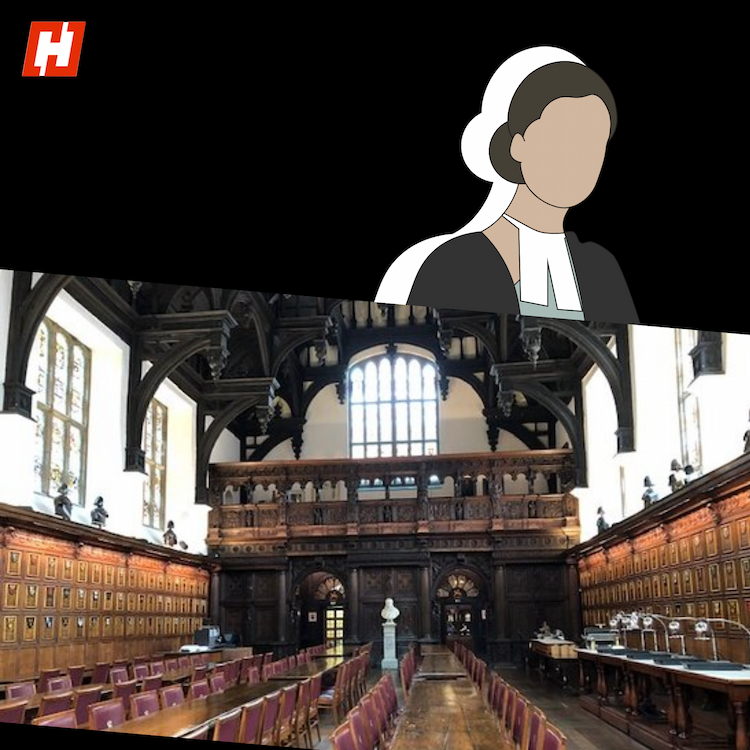Parbati Giri was barely out of her teens when she made the British Raj anxious. In 1942, at a time when most girls her age were attending school, she was already organizing protests, hoisting the tricolour, and shouting slogans demanding freedom in the villages of Odisha.
Early life of Parbati Giri
Born in 1926 in Samlaipadar village, Odisha, Parbati Giri’s life took a decisive turn early on. She left school at just 11—not to escape lessons, but to answer Mahatma Gandhi’s call for freedom. By the time she was 16, the Quit India movement was sweeping across the country, and Parbati was already a known face in village gatherings.
Parbati Giri march for Khadi
Parbati went from village to village, barefoot, encouraging people to spin and wear khadi as a sign of defiance. She participated in protests, hoisted the tricolour, and was detained several times by British officials.
The daring courtroom protest
Her boldest action was at Bargarh, where she invaded a British-established court carrying the tricolour. She called upon Indian lawyers to leave the service of the Raj and join the non-cooperation movement. Some lawyers resigned in sympathy; the others were ceremoniously given two bangles—a stinging icon of cowardice. For this, Parbati was immediately arrested and given two years imprisonment.
A life of service after freedom
When freedom finally came in 1947, Parbati shifted her focus away from politics. Instead, she devoted herself to social work—establishing an Ashram for the poor and marginalized, looking after orphans, feeding the starving, and taking in leprosy patients who had been ostracized by society. During her lifetime, she was given the honor of being known as the "Mother Teresa of Western Odisha."
Legacy of Parbati Giri
Parbati Giri’s life stands as proof that leadership isn’t about titles or power—it’s about the courage to act, whether against an empire or for the dignity of the most forgotten





